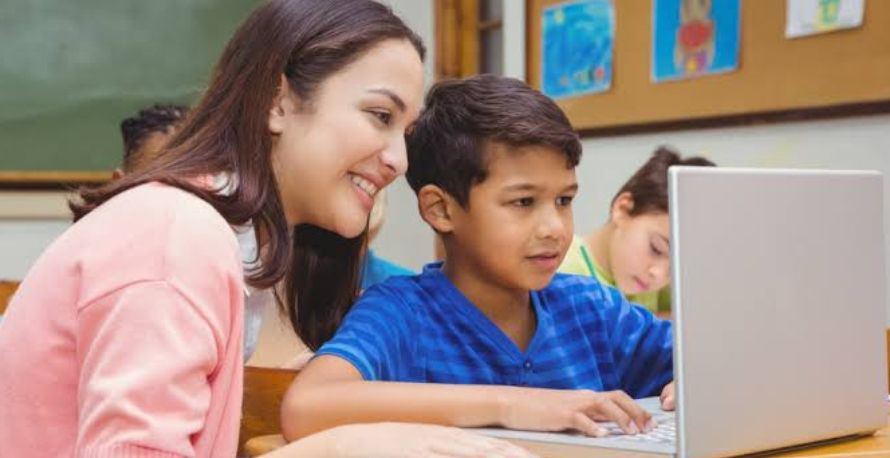
In today’s fast-paced digital world, teaching children mindfulness and meditation is more important than ever. These practices not only help them navigate the pressures of online environments but also foster a sense of inner calm and focus that can significantly enhance their digital literacy. Here’s how you can incorporate mindfulness and meditation into your child’s daily routine to improve their overall well-being and digital habits.
1. Understanding the Need for Mindfulness
The internet offers endless opportunities for learning and entertainment, but it can also be overwhelming for children. Mindfulness helps kids stay grounded, reducing stress and anxiety caused by digital overload. By teaching mindfulness, you help children develop the ability to pause and reflect before reacting, a crucial skill in managing online interactions.
2. Start with Simple Breathing Exercises
Breathing exercises are an excellent introduction to mindfulness for kids. Encourage them to take deep, slow breaths to calm their mind before they start any online activity. This not only prepares them for a more focused learning session but also helps them manage their emotions when faced with online challenges.
3. Incorporate Short Meditation Sessions
Short, guided meditation sessions can be a great way to introduce mindfulness to children. Apps like Headspace or Calm offer kid-friendly sessions that make meditation fun and engaging. These sessions can be a daily practice before or after school, helping them transition smoothly between offline and online activities.
4. Teach Digital Mindfulness
Digital mindfulness involves being aware of how time is spent online and understanding the impact of different digital activities on mental health. Encourage your kids to be mindful of their screen time, recognizing when they need to take breaks and how certain online content affects their mood and energy levels.
5. Create a Peaceful Online Learning Environment
A clutter-free, calm online environment can significantly enhance a child’s ability to stay focused and mindful. Ensure that your child’s online learning space is free from distractions, with all the necessary tools and resources organized and easily accessible.

6. Use Mindfulness Apps and Tools
There are various apps designed to help kids practice mindfulness and meditation. Explore options like Smiling Mind or Mindful Powers, which offer interactive experiences tailored to children’s needs. These tools can be seamlessly integrated into their daily routine, making mindfulness a regular part of their digital lives.
7. Practice Gratitude Journaling
Encourage your child to keep a digital or physical gratitude journal. Writing down things they are thankful for each day can shift their focus away from the negatives and foster a positive mindset. This practice helps children appreciate the positive aspects of their online experiences and interactions.
8. Mindful Media Consumption
Teach your child to consume digital content mindfully by critically evaluating what they watch, read, or play online. Discuss the difference between content that enriches their knowledge and well-being versus content that might be harmful or distracting. This awareness helps them make better choices about their digital consumption.
9. Model Mindful Behavior
Children learn by observing. By practicing mindfulness and meditation yourself, you set a positive example for your child. Engage in mindful activities together, whether it’s a shared meditation session or a family discussion about the importance of digital well-being.
10. Mindfulness in Social Interactions
Online communication can sometimes lead to misunderstandings or negative interactions. Teach your child the importance of mindful communication—thinking before they type, considering the feelings of others, and knowing when to step away from a conversation that’s becoming unproductive.
Conclusion
Integrating mindfulness and meditation into your child’s daily routine can significantly enhance their digital literacy and overall well-being. These practices empower them to navigate the digital world with greater awareness, resilience, and positivity.
For more tips on digital literacy and parenting in the digital age, subscribe to our newsletter










